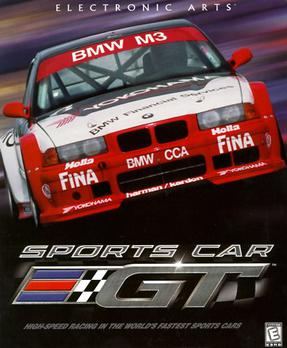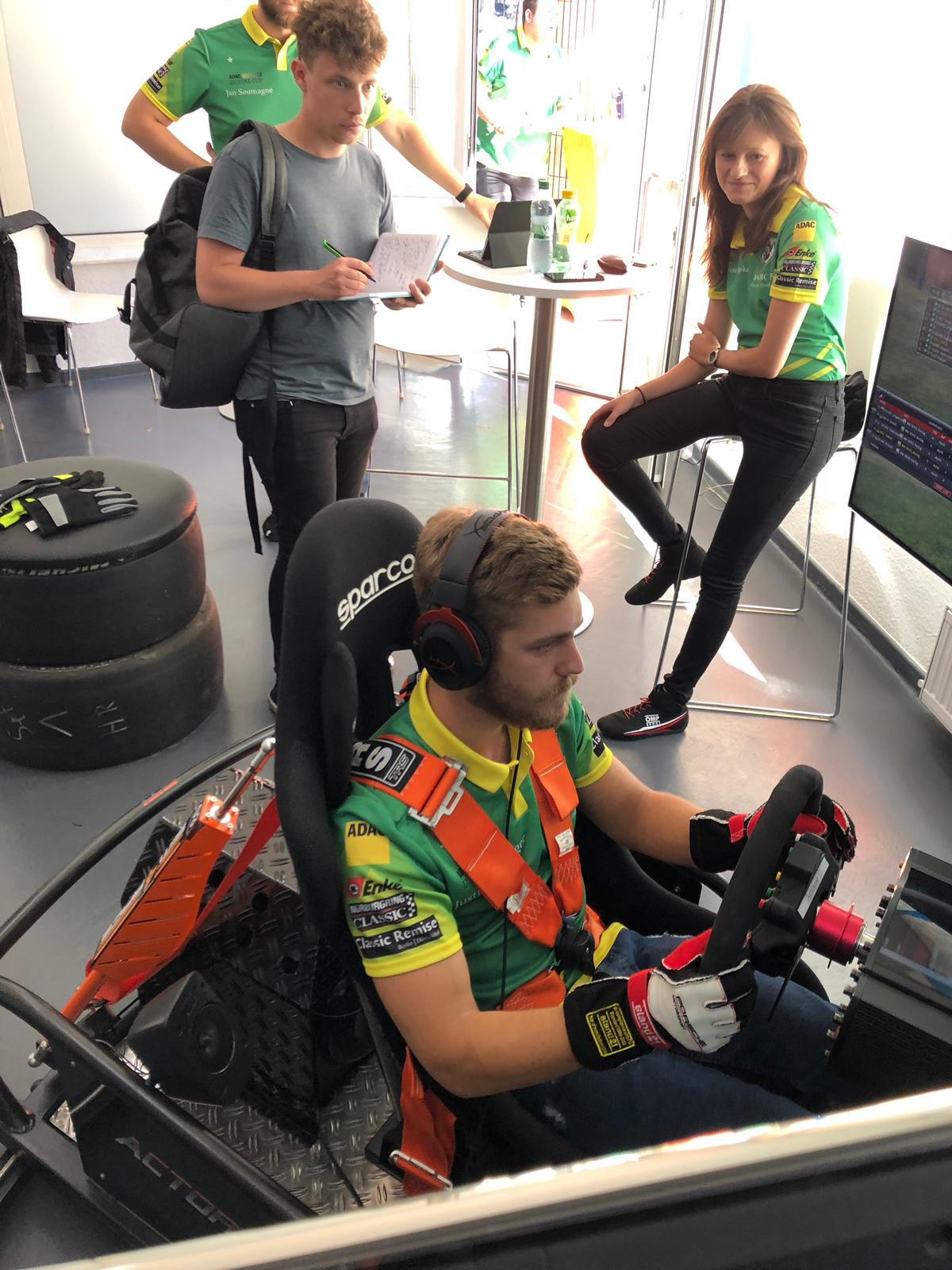- 3,541

- Finland
Inspired by @Maneawolff's comments.
When Gran Turismo was originally released in 1997, it was considered the most realistic racing game at the time, and not without reason. Sports Car GT, by ISI (known for rFactor and the ISImotor) was released two years later, along with Gran Turismo 2, which were the top titles for realism.
However, things changed when we entered the next millennium. Gran Turismo 3 came out, again, one of the top contenders for simulation at the time. Technology was starting to evolve, with graphics and programming capabilities dramatically evolving. This is why even for a 2001 game, GT3 looked stunning for its time, and physics were drastically better and more realistic than Gran Turismo 2. Even so, this is when Gran Turismo started to lose its edge on its selling slogan.
GT3 is known for being a playground for physics, more specifically, the wheelie glitch. This allowed cars like Escudo, EVEN GT-ONE, to wheelie despite it making zero sense. Cars can wheelie, make no mistake, but in both cases, the cars would clip into the ground, an in addition, accelerate to abnormal speeds. Not only that, but the cars remain in a stable wheelie, when in reality they would be thrown into a backflip caused by the drag.
If we go overboard and mock the slogan, what else can we think of (GT3 and onward)? Let's see...
What unrealistic driving simulation can you think of?
When Gran Turismo was originally released in 1997, it was considered the most realistic racing game at the time, and not without reason. Sports Car GT, by ISI (known for rFactor and the ISImotor) was released two years later, along with Gran Turismo 2, which were the top titles for realism.
However, things changed when we entered the next millennium. Gran Turismo 3 came out, again, one of the top contenders for simulation at the time. Technology was starting to evolve, with graphics and programming capabilities dramatically evolving. This is why even for a 2001 game, GT3 looked stunning for its time, and physics were drastically better and more realistic than Gran Turismo 2. Even so, this is when Gran Turismo started to lose its edge on its selling slogan.
GT3 is known for being a playground for physics, more specifically, the wheelie glitch. This allowed cars like Escudo, EVEN GT-ONE, to wheelie despite it making zero sense. Cars can wheelie, make no mistake, but in both cases, the cars would clip into the ground, an in addition, accelerate to abnormal speeds. Not only that, but the cars remain in a stable wheelie, when in reality they would be thrown into a backflip caused by the drag.
If we go overboard and mock the slogan, what else can we think of (GT3 and onward)? Let's see...
- No proper damage model. This is painfully obvious in Gran Turismo 7. Not only is the visual damage completely lacking, aside from small dents and scratches, but they also bumped up the damage sensitivity in events where it applies. Although Polyphony did add a more noticeable damage model in the PS3 era, it hasn't returned due to the amount of effort needed to realistically model damage for the higher poly counts.
- No tire temperature. Since we're on topic of absolute peak realism, this is a considerable factor. We all know tire temperatures dictate tire wear and behaviour, but it has never been a thing in GT. Only very basic tire wear.
- No transmission damage. While arguably this is a feature not even most proper sims provide, it's a thing in Assetto Corsa or Live for Speed for example: if you run a manual transmission car and don't use clutch, you will damage the transmission. It's also worth pointing out Live For Speed was first released in 2002, just a year after GT3, so this is when GT's slogan began to be challenged.
- No realistic weather/tire evolution until GT7. Before the forementioned game, all we had was day-night switching and rain effects. But now, the rain is an actual feature, the weather being a variable and not always the same, along with the track now drying post-rain.
- Abnormalities with physics. I'm talking about things like handbrake-shifting in GT3, throttling while braking during cornering in GT4, both for maximized performance. I can't name anything else from the top off my head right now, but things that certainly don't work in real life.
What unrealistic driving simulation can you think of?



